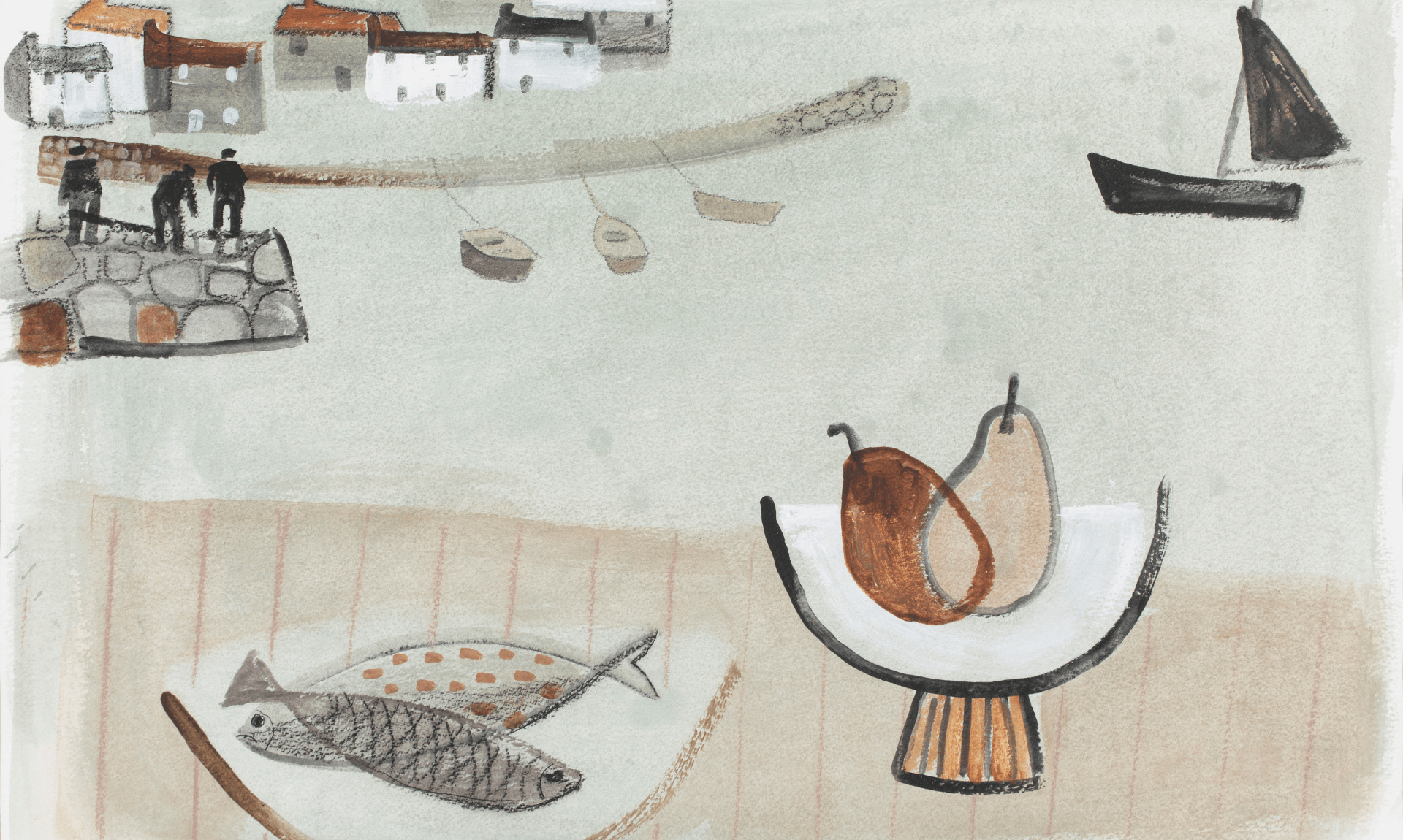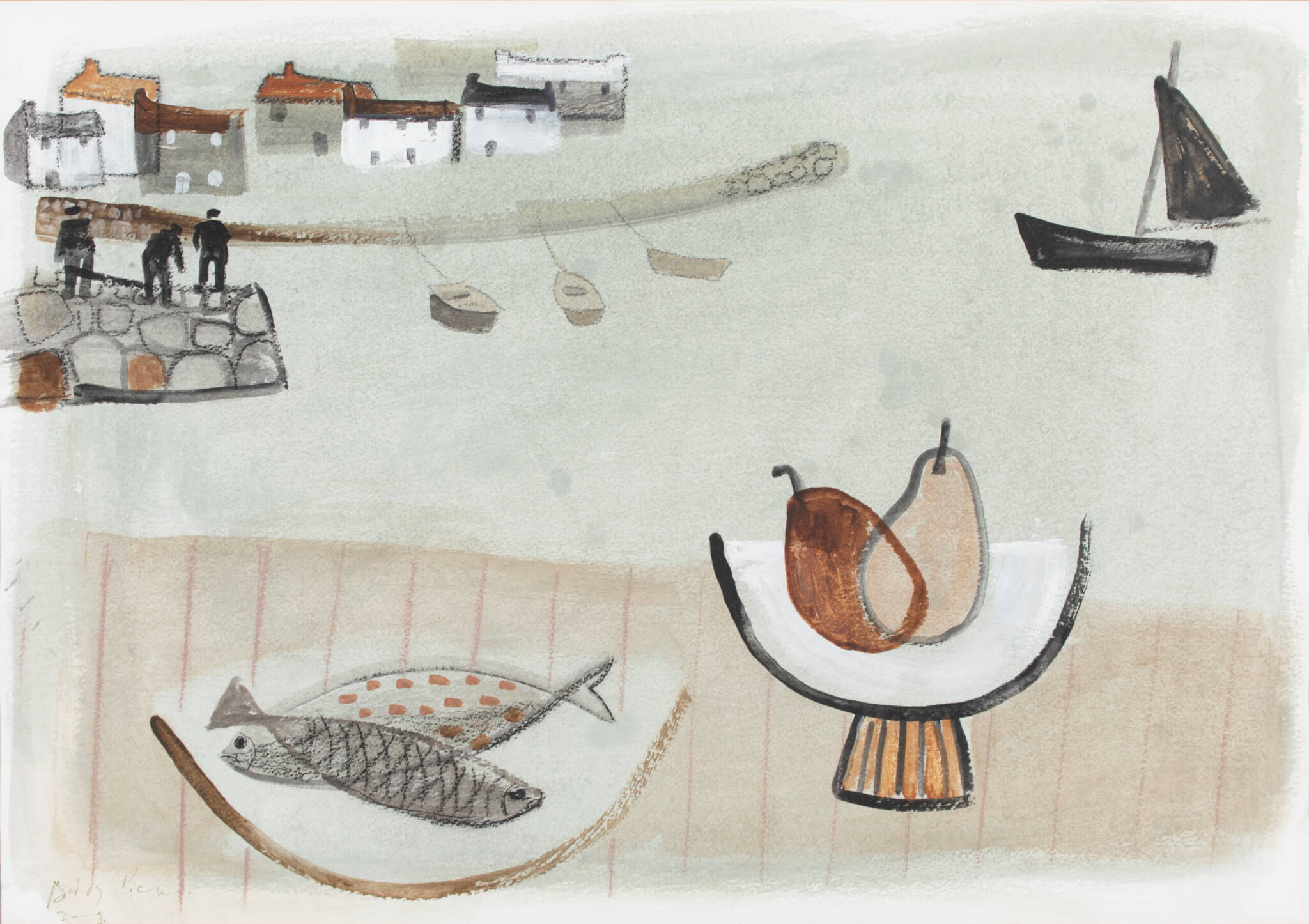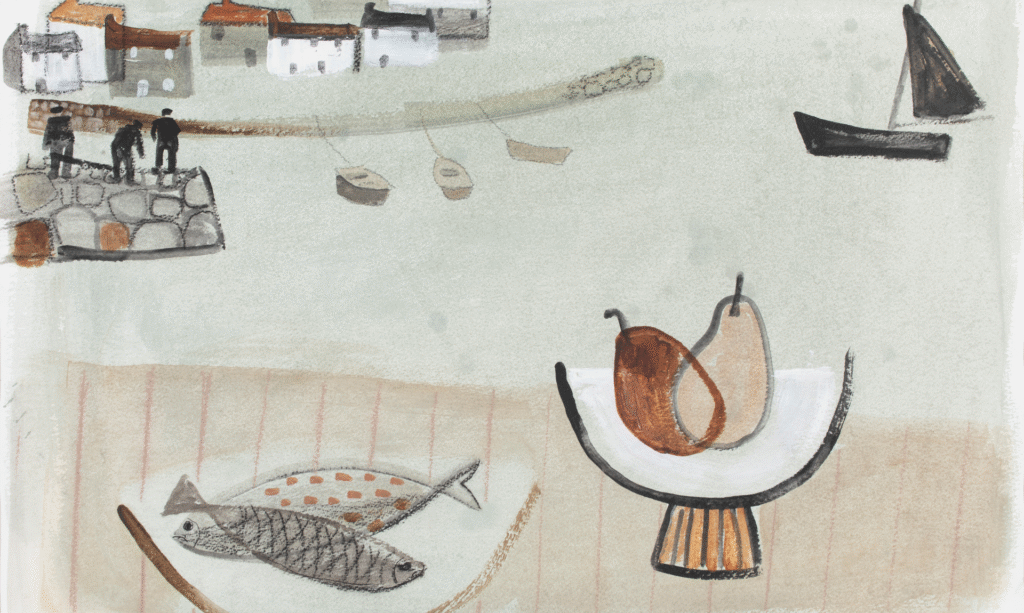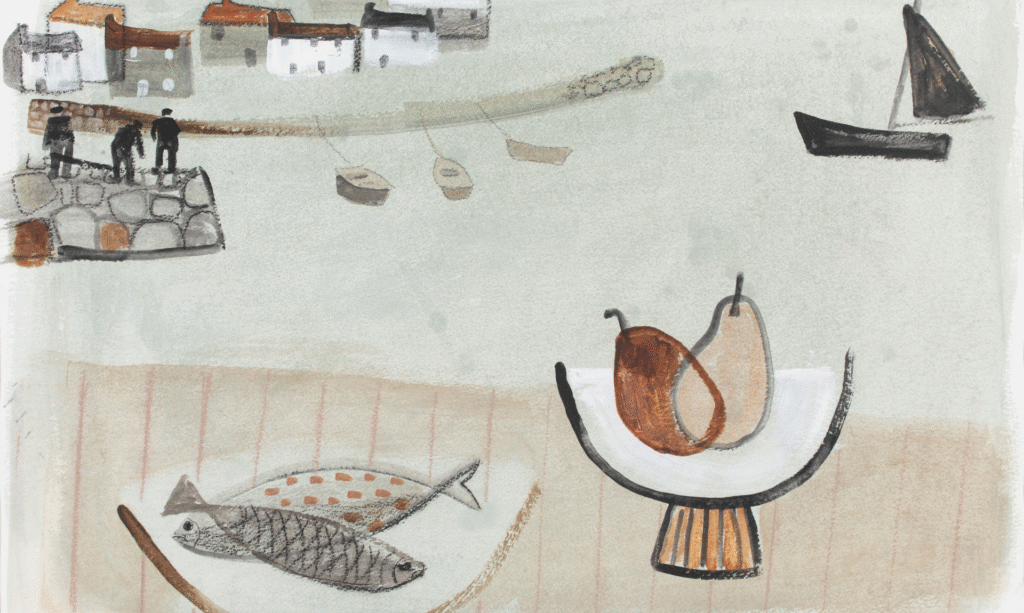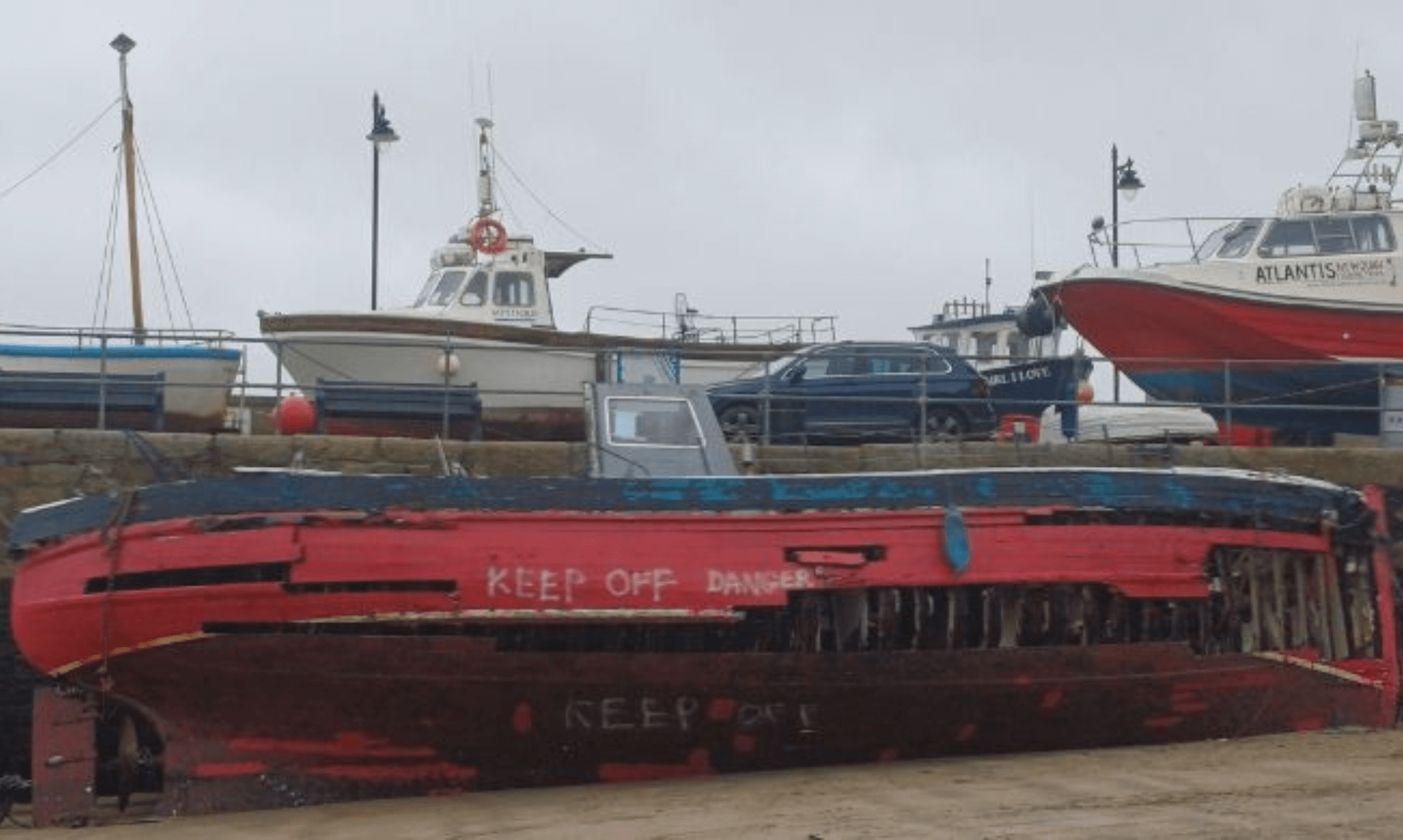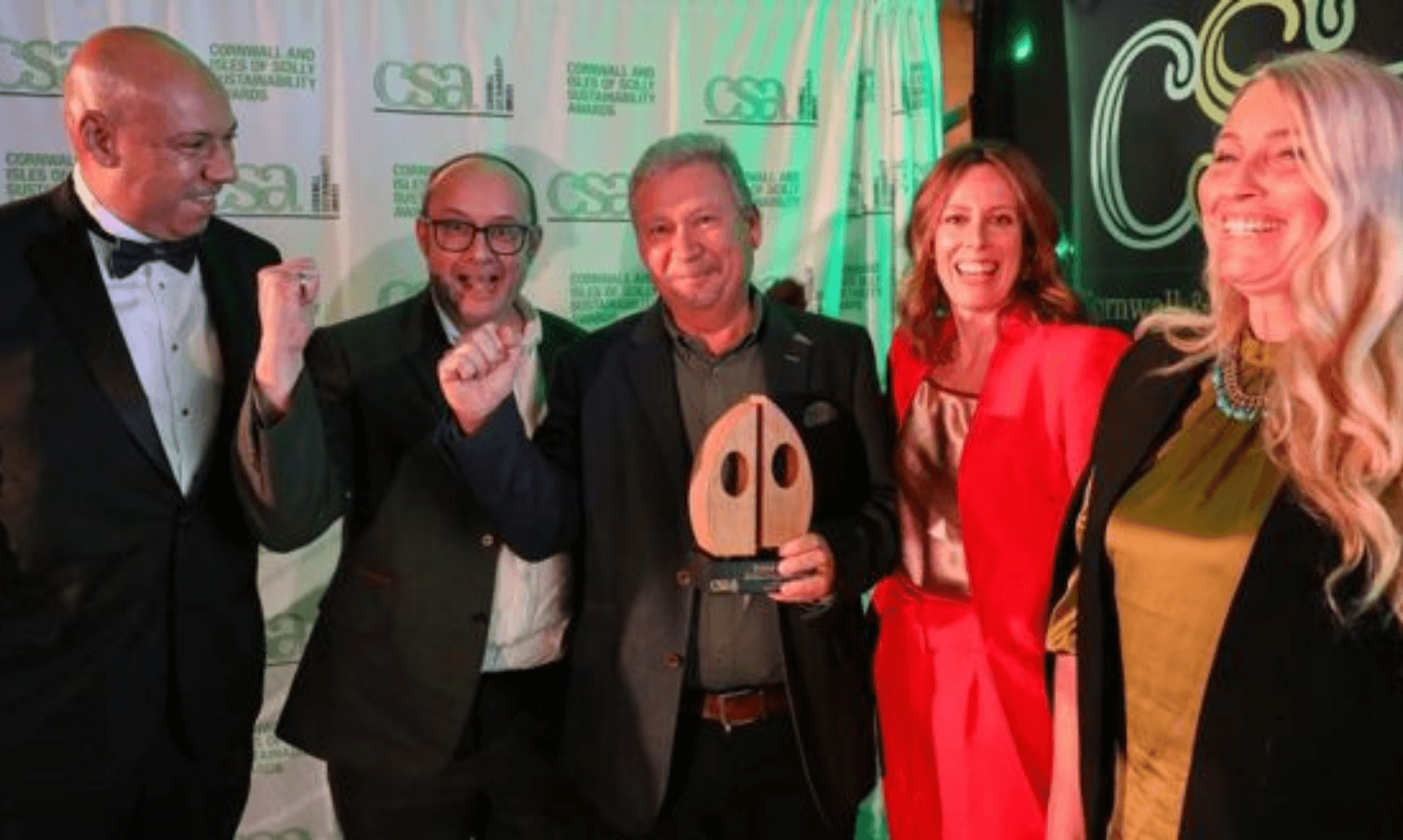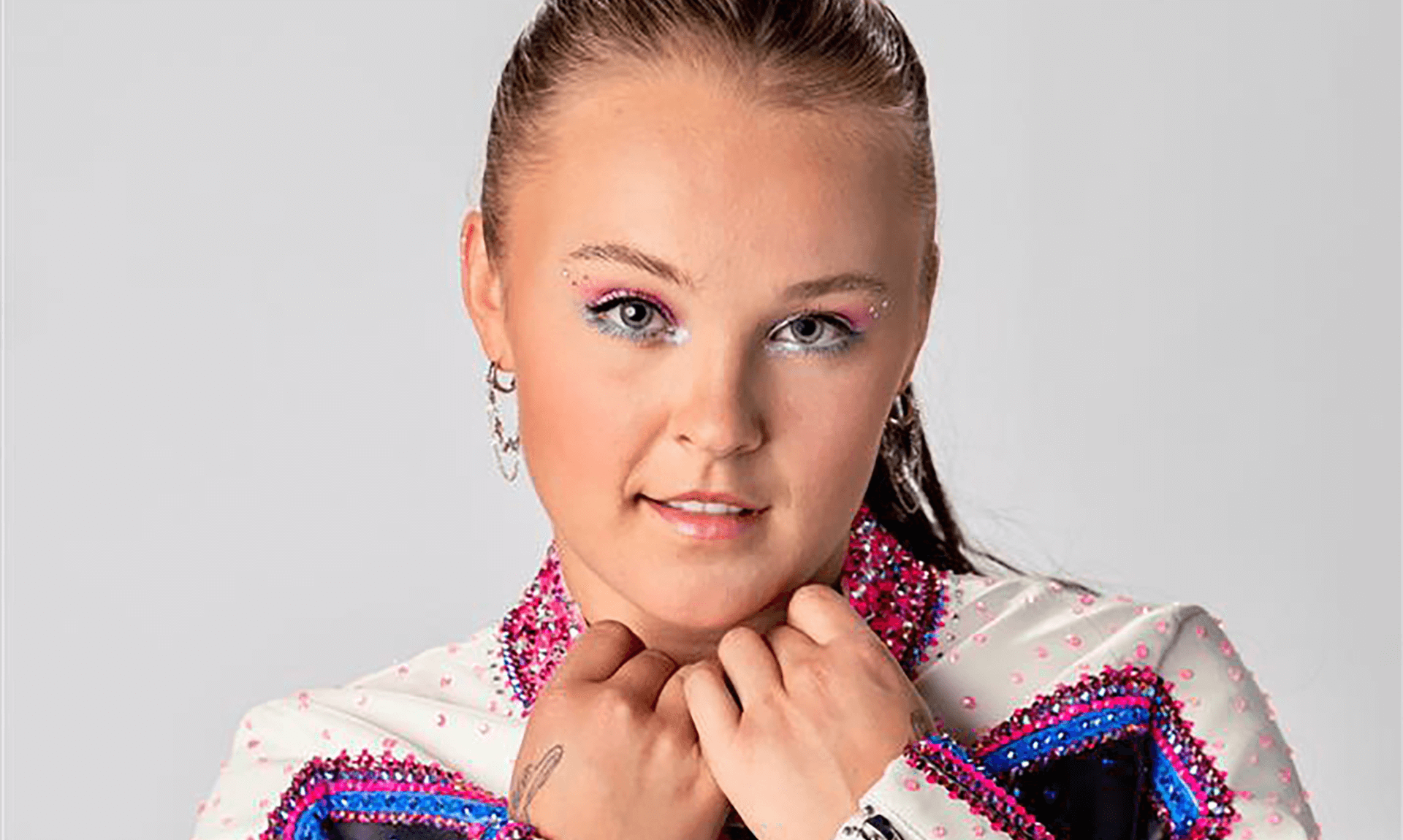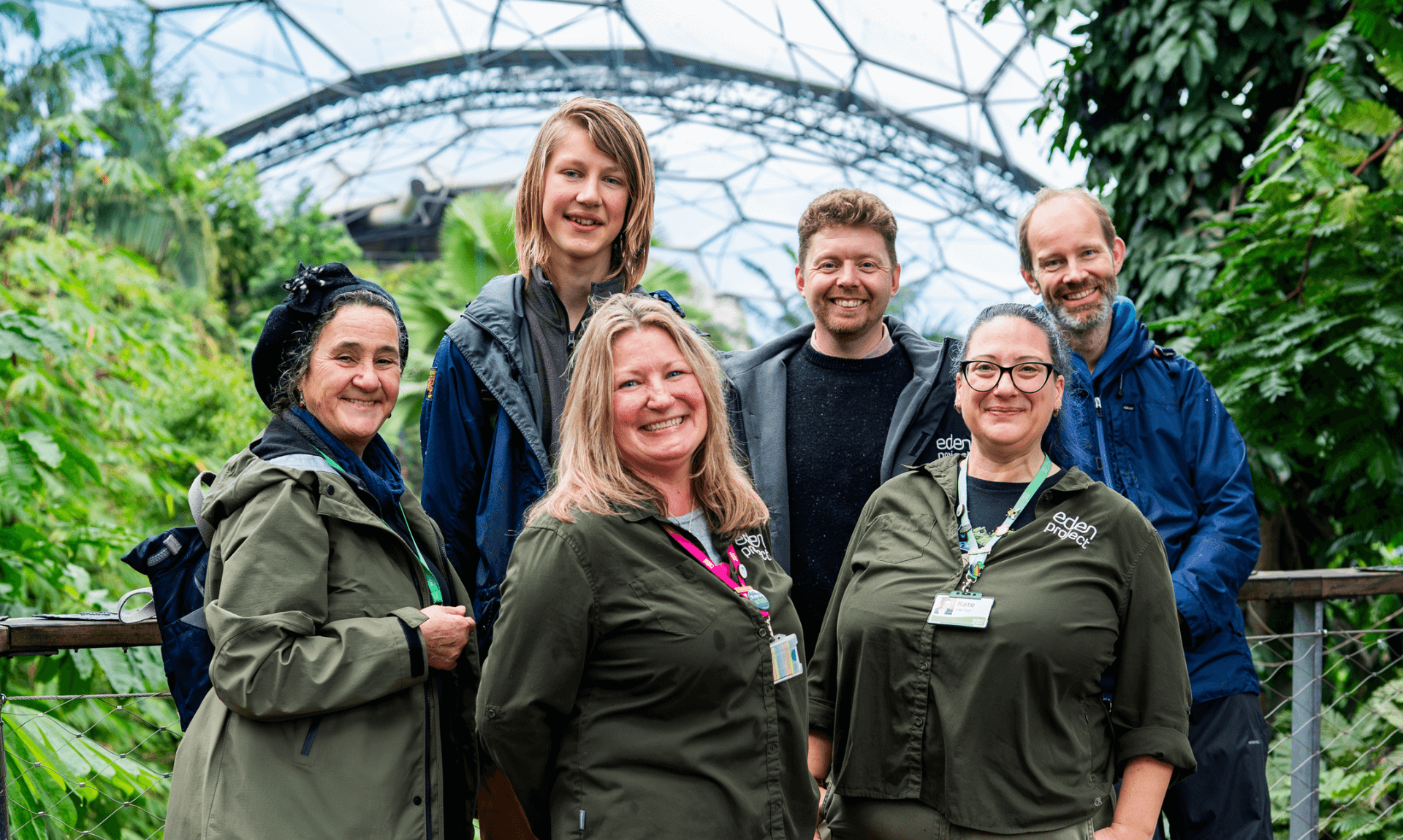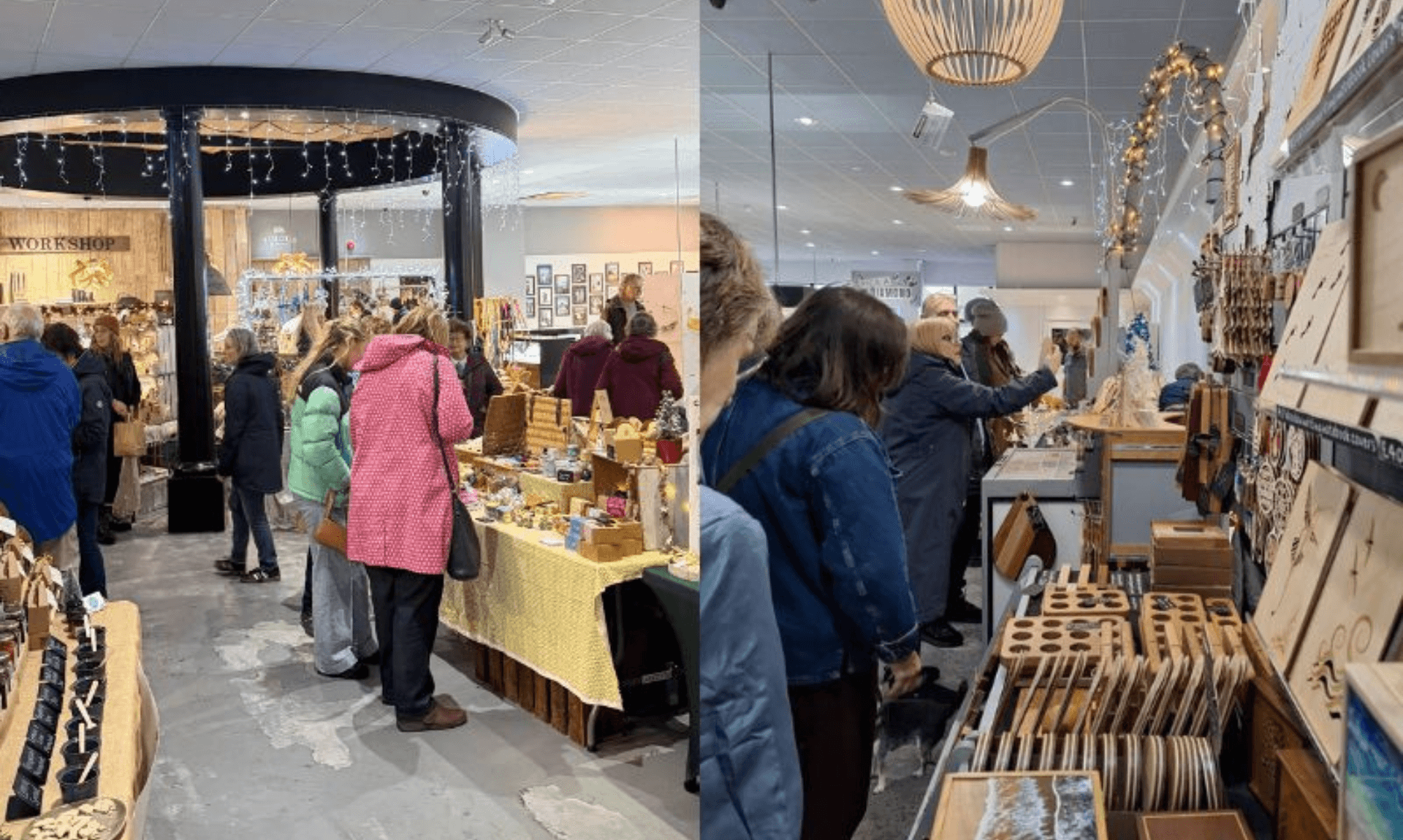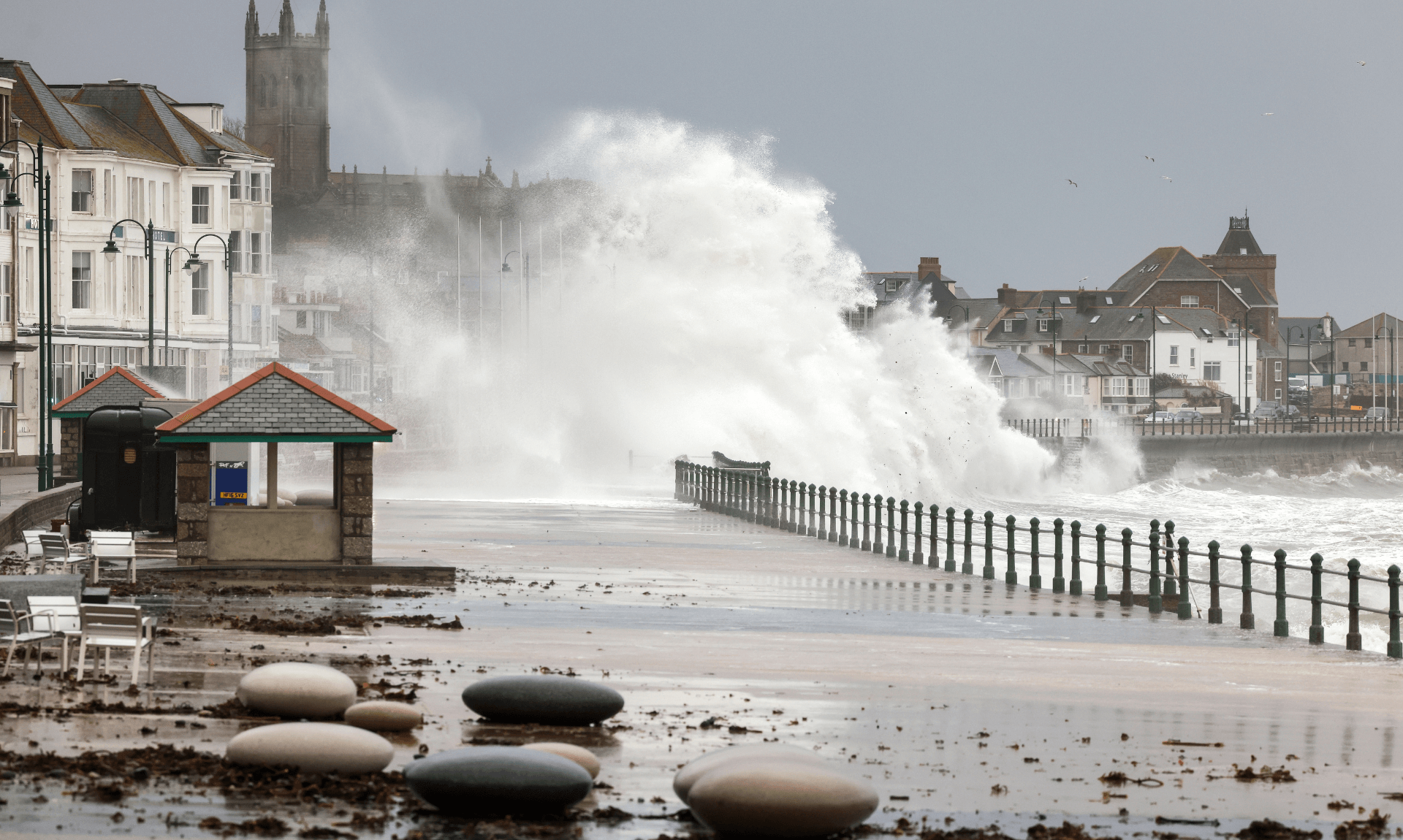| A one-room show giving an overview of one of West Cornwall’s much-loved late twentieth-century artists. Born in Derbyshire, Biddy Picard (1922 – 2019) initially trained at Chesterfield School of Art before going on to a classical art training at the Slade during the Second World War, at a time when it had been temporarily relocated to what is now the Ashmolean Museum in Oxford. There she excelled in particular at life drawing, winning the top student prize in her second year.
Following this, Picard taught art at the prestigious Bristol-based Badminton School before becoming involved with a group of idealistic former conscientious objectors who had adopted a radically alternative lifestyle. After a short time living with them in North Wales, she famously first arrived in West Cornwall with one of their number aboard a French fishing boat shortly after the end of the Second World War. After several years living in the Lamorna valley, Biddy subsequently moved to Mousehole, where she and her new husband, Bill Picard, established a small pottery and craft shop. The pottery gave her the opportunity to work with ceramics, something she continued to explore after a move to a larger property in the nearby village of Sheffield [west Cornwall]. Throughout her time in Lamorna and Mousehole, Picard drew and painted as much as possible, although this was far from easy given the dual constraints of tight financial circumstances and raising a family. By the mid-1970s she was able to devote much more time to painting and became increasingly well-known and acclaimed, especially for her distinctive semi-naive harbour scenes. However, such work formed only part of her wide oeuvre, which also included small classical life studies of family and friends, many domestic drawings and paintings and a large amount of semi-abstract and abstract work, often inspired by visits to the Isles of Scilly. In later years her sight progressively failed, necessitating a simplification of her work. |
Apart from very brief sketches and notes, Picard rarely worked outdoors. Rather, with a powerful visual memory, she was able to evoke the spirit and feeling of west Penwith in compositions that were only occasionally based on any particular place


